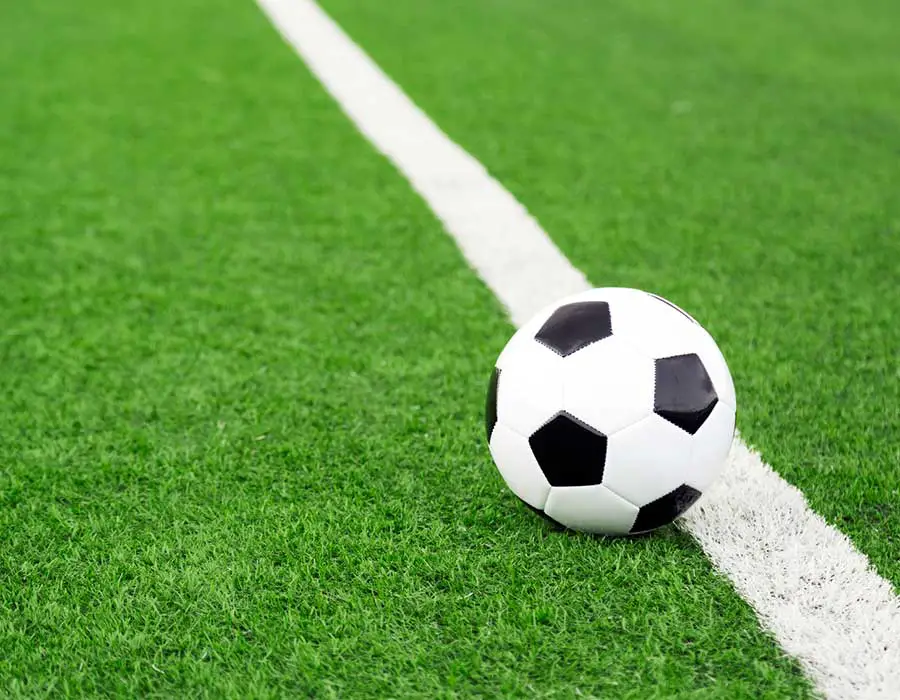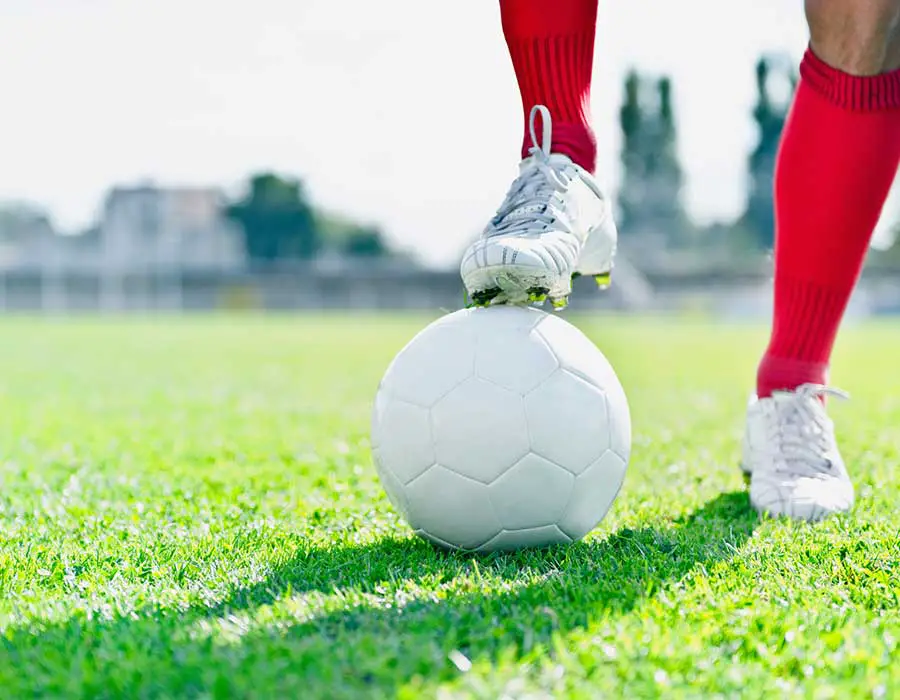Do Soccer Players Prefer Grass Over Turf?
Do soccer, football, and many other sports that use the grassy surface as the playing field really go that deep into the world of upkeep? If you’re just an average sports enthusiast, you would probably be surprised at how much work is put into maintaining the playing field and choosing the correct surface on which the team will play.
There are several different factors for choosing either natural grass or turf. This article will focus on the majority of them and explain why a particular aspect of either one is a better/worse option.
We’ve already talked about the difference between the size of a soccer field and a football field. We believe that the surface on which either sport is played is equally important. Hence the difference between a soccer turf and a grassy soccer field.

Injuries
Both soccer and football are sports in which a considerable amount of money is involved. As a result, none of the teams playing in the top-tier leagues can’t afford to lose their star players – especially for more extended periods.
There have been various cases in which soccer players complained about the turf being too impractical and not safe enough. That was mostly the case with the first generation of artificial turf, though. The newer ones have had significant improvements that have resulted in a much lower injury rate.
There was a five-year study in the “American Journal of Sports Medicine” that compared injury rates on natural grass vs. artificial turf. The results were the following:
- Artificial turf had 15.2 injuries per 10 games
- Natural grass had 13.8 injuries per 10 games
Even though the difference doesn’t seem to be that huge at first glance, any unnecessary time off the field affects both the team and the players. This is why the majority of them still prefer natural grass.
The financial aspect
It’s no secret that having and maintaining natural grass is far more expensive than having artificial turf. A solid financial position of a team certainly helps, but there are many other not so financially strong competitors who just can’t afford to play soccer on natural grass.
We can often see muddy soccer fields all across Europe, especially in the lower leagues. The UK, for example, prides itself on having the best fields in not only Europe but in the whole world as well. That’s because the UK, alongside a couple of more countries like Italy, Portugal, France, Germany, and the Netherlands, invests a lot of time and money in order to have natural grassy fields in perfect condition.
On the other hand, artificial turf doesn’t require mowing and constant maintenance. However, there is a piece of information released by the Sports Turf Managers Association (STMA) that the upkeep of artificial turf on an annual basis can sometimes even be more expensive – the number in question being $23,000 for artificial turf and $14,000 for natural grass.
Time spent on the field
An aspect in which artificial turf makes up for being a bit more expensive in some cases is playing time. Artificial turf can be used in various weather conditions, while natural grass is a bit more fragile. Drainage and severe damage are major issues that make many teams postpone or even cancel their games due to heavy rain – artificial turf doesn’t have that sort of an issue, and matches can be played normally compared to the natural grass.

The texture and the temperature
Since the artificial turf is fairly flat and much harder than the natural grass, the ball’s movement is a bit different – it tends to bounce a bit higher when it hits the ground. This phenomenon has been a bit unusual for some players, but more and more are getting used to the different feel of the game on artificial turf.
Something that also affects natural grass is the weather. For example, dry weather can cause natural grass to harden. While artificial turf may not feel as authentic and be as good-looking as its natural counterpart, some grassy fields with poor maintenance tend to offer a bit uncomfortable experience.
Artificial turfs contain millions of tiny black rubber beads. Those little beads are all scattered throughout the turf, and their main task is to soften the impact. The issue with these beads is that they tend to heat up quite easily on a hot sunny day. The surface then feels quite hot on players’ feet – some would even argue that the heat could be compared to hot asphalt.
The Sports Turf Managers Association says that an outdoor artificial turf’s average temperature is 117.38 degrees Fahrenheit (47.2 degrees Celsius). However, a natural surface reaches only 98.23 degrees Fahrenheit (36.7 degrees Celsius).
The speed of the game
A flatter surface makes the passing much faster. Any abnormalities like bumps, uneven grass, or various gradations disrupt the movement of both the players and the ball. Artificial turf doesn’t have these issues, which is a huge bonus.
The pace at which both the players and the ball move depends on several aspects of natural grass. Examples are the grass’s height, the time when the grass was cut last time, and the humidity. The shorter the grass the faster the game. Something that is different when it comes to artificial turf is the fact that the grass is always even. The height doesn’t change over time either, which makes the upkeep much easier.
As much as it might seem like artificial turf has more pros than cons than natural options, there are still top-tier professional leagues that oppose having synthetic soccer fields. An example of a player opposing this technology is, you guessed it – an Englishman – David Beckham. In 2007, Beckham, who then played for LA Galaxy, refused to play against Toronto FC. The hosts used artificial turf at the time, something that English players, you could even say, despise.
Conclusion
Even though the quality of the playing field can vary, there are both pros and cons to each option. Every club needs to take into consideration their own financial power, the weather conditions, and sometimes even their own players’ opinion – since they are the ones using the turf or the natural grass.
Since there are two schools of thought when it comes to the ones who do the upkeep, we can also notice that some players prefer one over the other – with natural grass being the winner.
We believe that with the constant development of technology, more and more teams will opt for the synthetic option. That does not mean that the traditional soccer field covered in natural grass will be obsolete, but we will probably see a shift even in some bigger European leagues. The UK probably being the one who will still use the “old-fashioned” alternative.
As much as it seemed strange at the beginning of the article, we can confidently say that choosing either option is another strategic element in this already fairly complex game.
